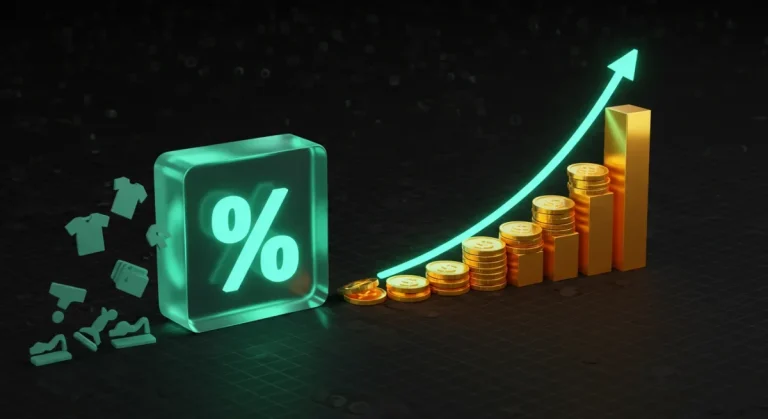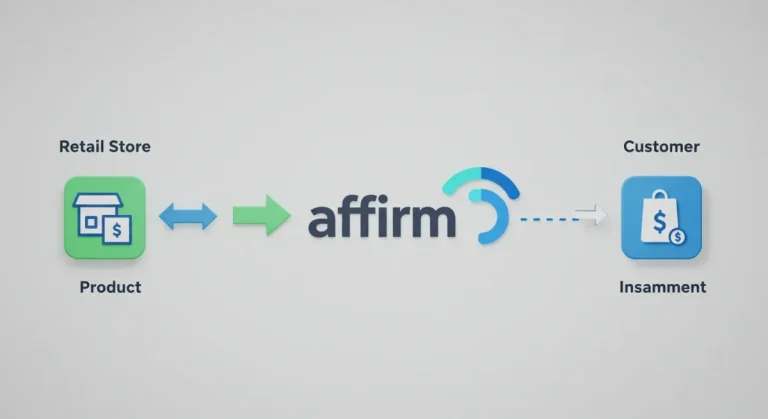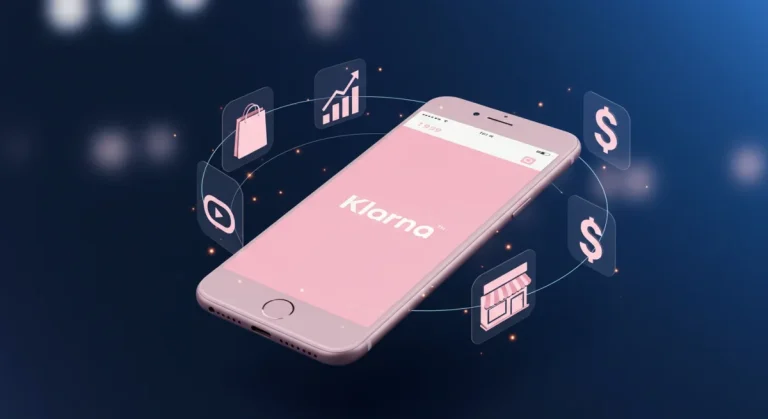How Does Venmo Make Money? A Fintech Model Breakdown
Venmo has become a household name, a verb even—”Just Venmo me.” With over 90 million active users in the United States and handling hundreds of billions of dollars in transactions annually, the app has fundamentally changed how we handle peer-to-peer payments. But this raises a critical question that puzzles many of its users: if sending money to friends is free, how does Venmo actually make money?
The answer isn’t a single revenue stream but a sophisticated, multi-faceted business model. As a subsidiary of PayPal, Venmo leverages a massive user base by offering free core services while charging for convenience, speed, and specialized financial products. Let’s unpack the exact mechanisms this fintech giant uses to turn a profit.
The Core of Venmo’s Business Model: Is it Really Free?
At its heart, Venmo operates on a “freemium” model. The company attracts and retains users by making its primary service—sending money from a linked bank account, debit card, or Venmo balance—completely free. This strategy was crucial for achieving viral growth, turning a simple payment app into a social-financial platform.
The social feed, showing public (but not monetary) transactions between friends, created a network effect that competitors struggled to replicate. Once a user is on the platform and accustomed to its convenience, Venmo can introduce premium features for which they are willing to pay.
Venmo’s Primary Revenue Streams: A Detailed Breakdown
While the basic P2P transfer is free, Venmo has strategically built several powerful revenue streams around its core service.
Instant Transfer Fees: The Price of Speed
This is one of Venmo’s most significant sources of income. If you want to move your Venmo balance to your bank account, you have two options:
Standard Transfer: Free, but takes 1-3 business days.
Instant Transfer: Costs a 1.75% fee (with a minimum fee of $0.25 and a maximum of $25). Many users are willing to pay this small percentage for the immediate availability of their funds, generating substantial revenue for the company. For example, an instant transfer of $1000 would cost you $17.50.
Credit Card Fees: The 3% Convenience Charge
When you send money to someone using a linked credit card, Venmo charges a 3% fee. This fee is fairly standard across the financial industry and covers the interchange fees charged by credit card networks like Visa and Mastercard. While Venmo passes this cost to the user, it allows them to offer the flexibility of using credit for P2P payments without taking a loss.
Merchant and Business Fees: “Pay with Venmo”
Venmo is no longer just for friends splitting a dinner bill. The “Pay with Venmo” feature allows users to make purchases from authorized merchants. When you buy goods or services from a business profile or a retailer that accepts Venmo, the seller pays the transaction fee. This fee is 1.9% of the transaction plus $0.10. This opens up a massive revenue channel, positioning Venmo as a direct competitor to other payment solutions like Square and Stripe.
Venmo Debit and Credit Cards: Powered by Mastercard
Expanding beyond a simple app, Venmo offers physical and virtual cards through a partnership with Mastercard.
Venmo Debit Card: When you use the debit card, merchants pay a small interchange fee, a portion of which goes to Venmo. While free for most transactions, there are fees for out-of-network ATM withdrawals and over-the-counter cash withdrawals at banks.
Venmo Credit Card: Like any credit card, Venmo earns money from interest charges on carried balances and cash advance fees.
Check Cashing and Cryptocurrency Fees
Venmo has also ventured into other financial services:
Cash a Check: Through its “Cash a Check” feature, Venmo charges a 1% fee for government and payroll checks and a 5% fee for all other accepted check types, with a minimum fee of $5 per check. This provides banking-like services to users directly within the app.
Cryptocurrency Fees: For users buying, selling, or holding cryptocurrencies like Bitcoin and Ethereum, Venmo charges a transaction fee. The fee structure is tiered based on the transaction amount, making crypto trading another profitable venture.
Interest on Your Venmo Balance
This is a quiet but powerful revenue stream. The millions of dollars users hold in their Venmo accounts don’t just sit there. Venmo can place these funds in interest-bearing accounts or investments. While individual balances are often small, the aggregate amount is enormous, allowing Venmo to earn significant interest on the collective “float.”
Cashback and Affiliate Programs
The Venmo Debit Card offers a cashback program at select retailers. These partnerships are a form of affiliate marketing. When you use your card for a qualifying purchase, the merchant pays Venmo a commission, a portion of which is passed back to you as a reward.
Venmo vs. Competitors: How Does it Stack Up?
When choosing a payment app, users often weigh safety and cost.
Is Venmo Safer Than Zelle?
Both Venmo and Zelle use encryption to protect user data, but their models are different. Zelle transactions move directly between bank accounts, which are federally insured. Venmo transactions often involve holding a balance within the app itself. According to the Consumer Financial Protection Bureau (CFPB), money stored on Venmo and similar payment apps may not be covered by federal deposit insurance (FDIC). This means if the company were to fail, your stored balance could be lost.
Will Venmo Refund Money If You’re Scammed?
This is a critical distinction. Your eligibility for a refund depends heavily on the nature of the scam.
Unauthorized Transactions: If your account was hacked and someone sent money without your permission, Venmo may refund your money after an investigation. You must report it immediately.
Voluntary Payments to Scammers: If you willingly send money to a scammer (e.g., for concert tickets that never arrive), a refund is unlikely. Venmo’s terms of service state that it is intended for transactions between people who know and trust each other. The company generally considers these transactions final. The only exception is if you used the “Pay with Venmo” feature with an official Venmo Business Profile and tagged the payment as a purchase. In that case, you may be covered by Venmo Purchase Protection.
The Business of Mobile Payments: The Bigger Picture
Who Owns Venmo? (The PayPal Connection)
Venmo was acquired by Braintree in 2012, which was subsequently acquired by PayPal
in 2013. Being part of the PayPal ecosystem gives Venmo immense resources, security infrastructure, and the ability to integrate into a wider network of financial services. The success of Venmo’s model is part of a larger trend in fintech, where companies are finding unique ways to monetize financial services, similar to the ‘Buy Now, Pay Later’ models of Afterpay, Affirm, and Klarna.
Answering Your Top Questions About Venmo
What is the downside to Venmo?
The primary downsides are the potential for scams, the 3% fee for sending money via credit card, and the fact that funds held in your Venmo balance are typically not FDIC-insured, a risk highlighted by the CFPB.
How much does Venmo charge for an instant transfer of $1000?
An instant transfer of $1,000 incurs a 1.75% fee, which amounts to $17.50.
Is my money safe on Venmo?
While Venmo uses robust security, your stored balance is not as safe as money in a traditional bank account due to the lack of federal deposit insurance. It’s best practice to transfer your Venmo balance to your linked, insured bank account regularly.
Key Takeaways: How Venmo Turns a Profit
Venmo’s business model is a masterclass in monetizing a free service. It makes money not from its core P2P offering, but from a diverse set of fees charged for speed, convenience, and expanded financial products.
- Freemium First: Attracts millions with free basic transfers.
- Pay for Speed: Charges a 1.75% fee for Instant Transfers.
- Pay for Flexibility: Takes a 3% fee on payments funded by a credit card.
- Business is Booming: Earns merchant fees (1.9% + $0.10) when you pay businesses.
- Banking Services: Profits from its Mastercard debit/credit cards, check cashing, and crypto fees.
- Interest on Float: Earns interest on the millions of dollars held in user accounts.
So, while you can “Venmo” a friend for free, every time a user chooses speed over patience or a credit card over a debit card, Venmo earns money.



